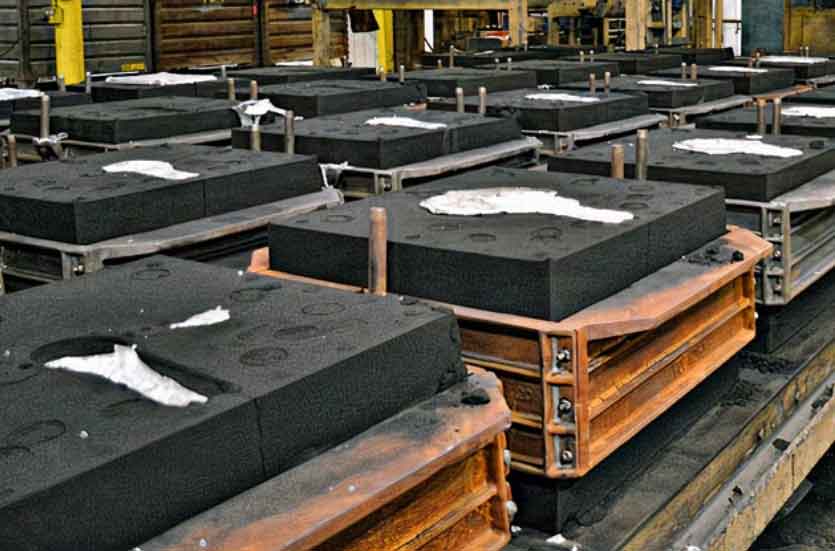Resin sand casting is indeed a versatile and efficient metal casting method widely used in the manufacturing industry. It involves the use of a mixture of resin and sand as the mold material, which is then used to create complex metal parts and components.

Here’s an overview of the resin sand casting process:
- Pattern creation: A pattern is the replica of the final metal part that needs to be cast. It can be made from various materials like wood, plastic, or metal. The pattern is typically slightly larger than the final part to account for shrinkage during solidification.
- Mold preparation: The pattern is used to create a mold by packing it in a mixture of resin and sand. The sand used is typically silica sand, which is mixed with a resin binder to provide strength and stability. The resin can be a thermosetting resin, such as phenolic resin or furan resin, which hardens when heated.
- Mold assembly: The mold is created in two halves, known as the cope and drag. The cope is the top half of the mold, while the drag is the bottom half. After the sand and resin mixture is packed around the pattern, the cope and drag are assembled together to form a complete mold.
- Pattern removal: Once the mold is assembled, the pattern is removed from the mold cavity. This creates a void in the shape of the desired part within the mold.
- Metal pouring: The mold is preheated to remove any moisture and to cure the resin binder. Once the mold is ready, molten metal is poured into the mold cavity through a gating system, which consists of channels and sprues that direct the flow of metal.
- Solidification and cooling: The molten metal fills the mold cavity and solidifies, taking the shape of the pattern. The cooling time varies depending on the size and complexity of the part. After solidification, the mold is allowed to cool, and the metal part is formed.
- Mold breakdown and finishing: Once the metal has cooled, the mold is broken apart to remove the casting. The casting is then cleaned, excess material is removed, and any necessary post-processing operations like machining, grinding, or polishing are performed to achieve the desired final shape and surface finish.
Resin sand casting offers several advantages:
- Versatility: Resin sand casting is suitable for producing a wide range of metal parts, including intricate and complex shapes. It allows for the production of both small and large castings.
- Cost-effective: The materials used in resin sand casting, such as sand and resin, are relatively inexpensive, making the process cost-effective for both small-scale and large-scale production.
- Good surface finish: The use of high-quality sand and resin binder helps in achieving good surface finish and dimensional accuracy in the final castings.
- Repeatable process: Once the mold is prepared, it can be used to produce multiple castings, making resin sand casting a repeatable and efficient process.
However, it’s worth noting that resin sand casting also has some limitations. The process can be time-consuming, especially for larger and more complex parts, due to the time required for mold preparation and curing. Additionally, the resin binder used in the process can produce some emissions when heated, so proper ventilation and safety measures are necessary.
Overall, resin sand casting is a versatile and efficient metal casting method that finds wide application across various industries, including automotive, aerospace, and general manufacturing, for producing high-quality metal components.
